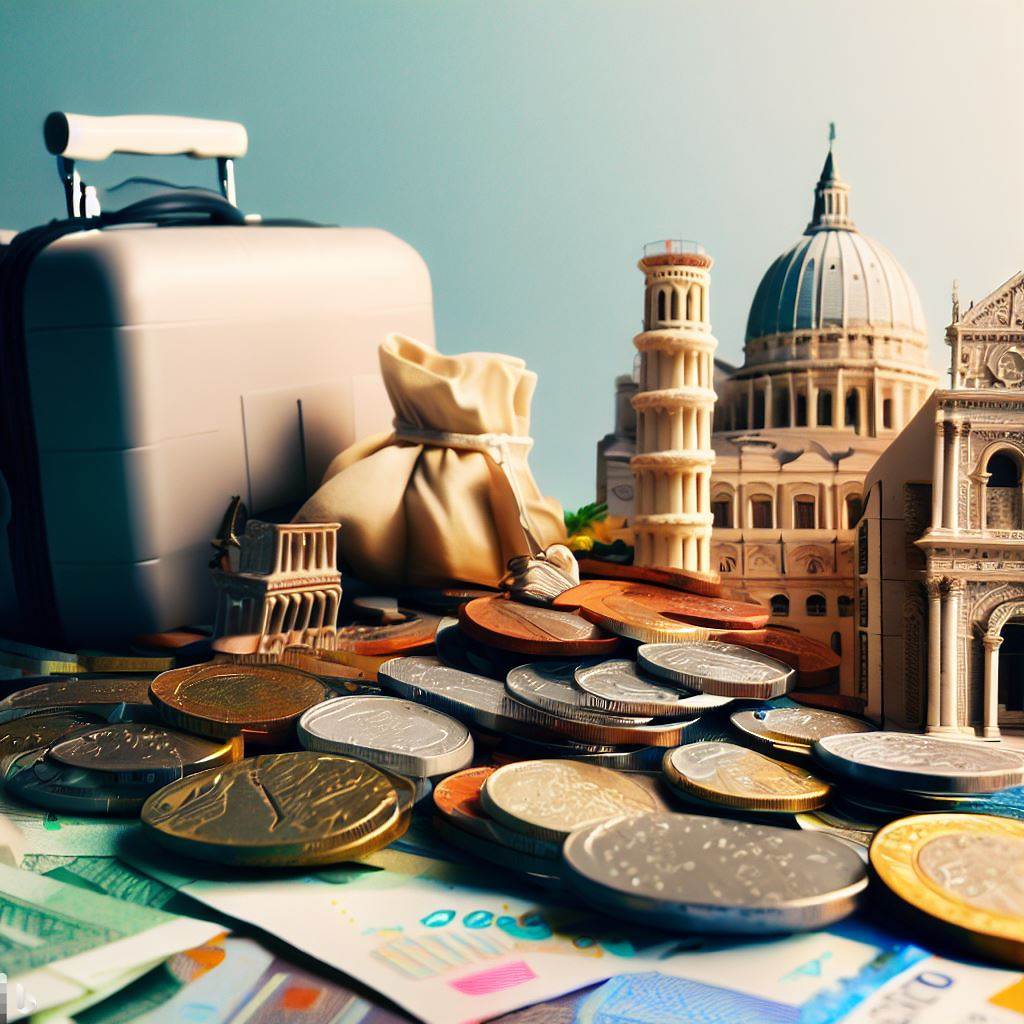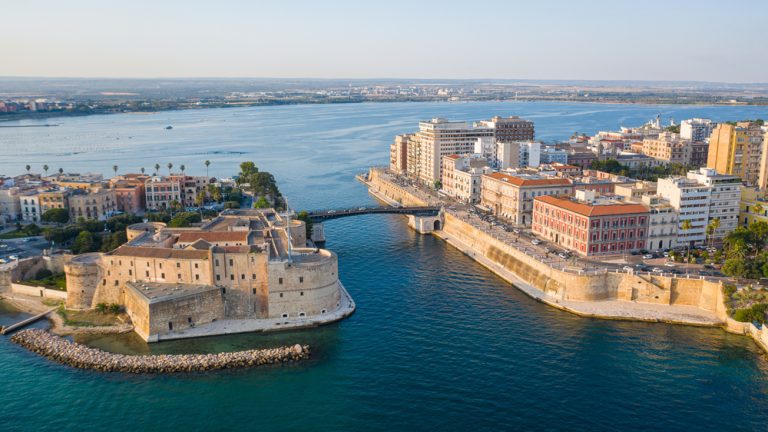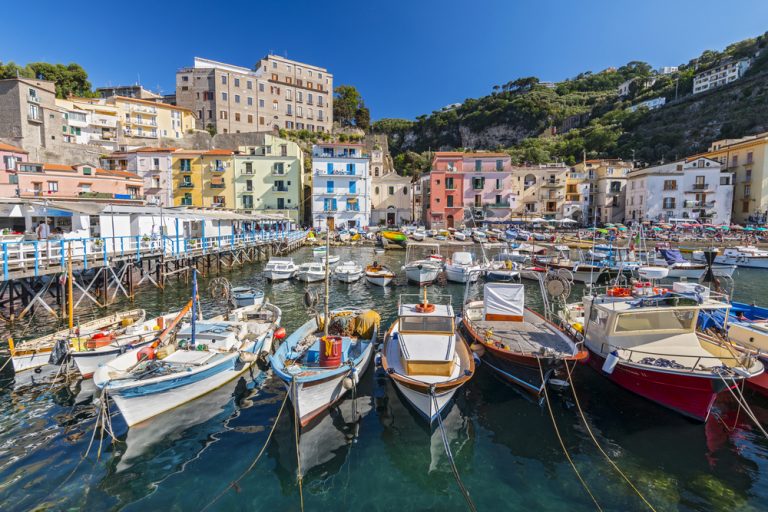Mastering the Art of Budgeting: Your Essential Guide to Setting a Budget for a Dream Vacation in Italy
Planning a trip to Italy can be an exciting and fulfilling experience, but it’s crucial to set a budget to ensure you make the most of your time without overspending.
In this comprehensive guide, we’ll explore how to budget for various aspects of your trip, including flights, accommodation, transportation, meals, activities, souvenirs, and more.
By carefully considering each element and setting realistic financial limits, you can enjoy an unforgettable Italian adventure without breaking the bank.
Determine Your Overall Budget:
- Assess your available funds and set a total budget for your trip. Consider factors such as the duration of your stay, the cities you plan to visit, and the type of experience you desire.
Flights
- Research flight options and compare prices across different airlines and travel websites.
- Be flexible with your travel dates, as flights can vary significantly in cost depending on the time of year.
- Consider alternative airports or nearby cities that may offer more affordable flight options.
Accommodation:
- Determine your preferred accommodation type, whether it’s hotels, hostels, vacation rentals, or bed and breakfasts.
- Research prices and availability in different areas of Italy.
- Consider booking accommodation in advance to secure better deals.
Transportation:
- Research transportation options within Italy, such as trains, buses, or car rentals.
- Compare prices and determine the most cost-effective mode of transportation for your itinerary.
- Consider purchasing transportation passes or cards for discounts and convenience.
Meals:
- Plan a daily food budget by considering the average cost of meals in the regions you’ll be visiting.
- Take advantage of local markets and street food for more affordable dining options.
- Balance eating out at restaurants with self-catering meals or picnics to save money.
Activities and Sightseeing:
- Research the attractions and activities you wish to experience in each city.
- Determine entrance fees, tour costs, and any discounts available, such as city passes or combination tickets.
- Prioritize your must-see sights and allocate your budget accordingly.
Souvenirs and Shopping:
- Set a separate budget for souvenirs and shopping.
- Consider the items you want to purchase and research average prices to avoid overspending.
- Look for local markets and artisan shops for unique, budget-friendly finds.
Miscellaneous Expenses:
- Account for additional expenses, such as travel insurance, visa fees, tips, and unforeseen costs.
- Allocate a portion of your budget for emergencies or unexpected circumstances.
Conclusion:
Setting a budget for your trip to Italy is crucial for a stress-free and financially responsible adventure. By carefully considering the various aspects of your trip, including flights, accommodation, transportation, meals, activities, and souvenirs, you can make informed decisions that align with your budgetary constraints.
Remember, it’s essential to strike a balance between experiencing the wonders of Italy and maintaining financial discipline. With proper planning and a well-thought-out budget, you can create lasting memories while exploring the enchanting destinations of Italy without unnecessary financial worries.







